Pheasant Island – A Small Patch of Land That Changes Country Every Six Months
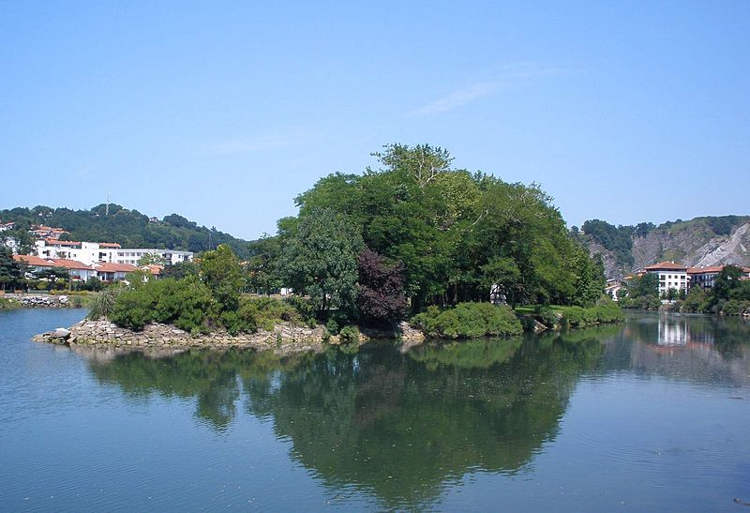
Pheasant Island is a tiny island on the border between Spain and France that alternates ownership status between the two countries every six months. Located on the Bidasoa River, the natural border between Spain and France, Pheasant Island is a deserted patch of land with a rather fascinating history and political status. It might not […]
Lerik – Azerbaijan’s Land of Longevity
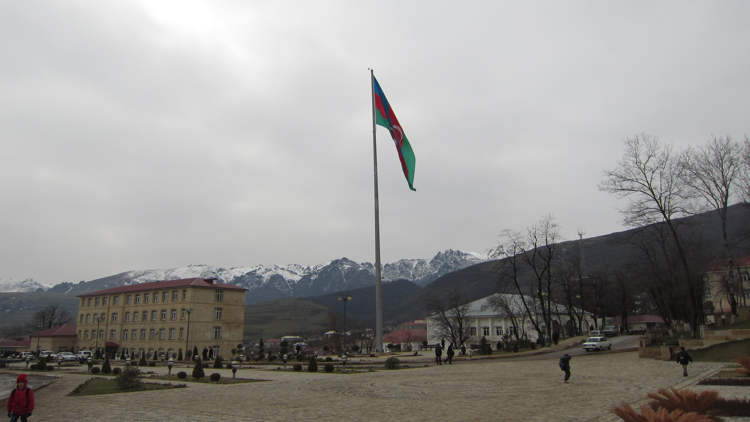
Lerik, a mountainous region in southern Azerbaijan, is famous for being home to an unusually high concentration of centenarians. Regions where people tend to live longer than average are known as “blue zones”, and we’ve actually covered a couple of them in the past – Japan’s Okinawa island and Ikaria, Greece’s island of longevity. However, […]
Khunzakh – Literally Living on the Edge in Dagestan
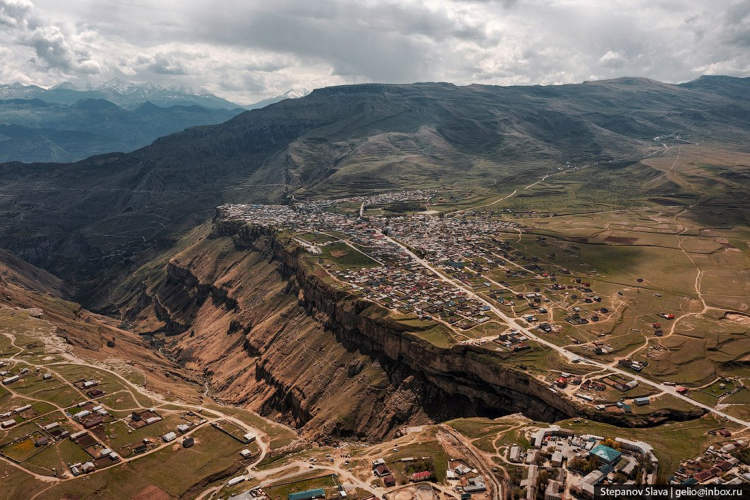
The ancient village of Khunzakh, in Dagestan, is literally perched on the edge of a deep canyon, making it one of the most awe-inspiring human settlements in the world. Before Khabib Nurmagomedov took the MMA world by storm and became the undisputed champion of the UFC Lightweight Division, most people hadn’t even heard of Dagestan. […]
Chichibugahama – Japan’s Instafamous Mirror Beach

Chichibugahama Beach is a popular tourist destination in Mitoyo City, Japan which rose to fame thanks to photo-sharing social media platforms like Instagram. If you ever find ourself doubting the power of social media, just remember the story of Chichibugahama Beach. A once obscure seaside destination in Japan’s Kagawa Prefecture, this place turned into a […]
Ancient Wonder – The 1,600-Year-Old Iron Pillar That Refuses to Rust

The Quwwat-ul-Islam Mosque complex in New Delhi is home to an ancient wonder of metal work – a 1,600-year-old iron pillar that is exceptionally resistant to rust. The Iron Pillar of Qutub Minar, as this ancient monument is sometimes referred to, measures 7.21-meters-tall, has a diameter of 41 centimeters and weighs about 6 tons. It’s […]
Mexican Mountain Road Requires Drivers to Drive on the Wrong Side of the Road
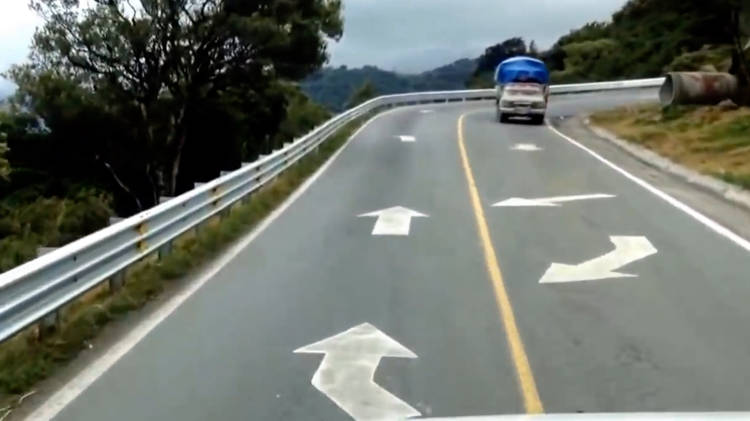
Tackling tight curves on winding mountain roads is complicated enough as it is, but having to randomly drive on the opposite side of the road makes it confusing as well. Mexico’s Cumbres de Acultzingo or Acultzingo Heights is a mountainous area in the country’s Veracruz State traversed by a winding road that truck drivers found […]
The Indian Town Where Human and Leopard Allegedly Live in Harmony

Bera, a small town in the Indian state of Rajasthan is famous for being the only place on Earth where humans and leopards live in perfect harmony. India is one of the most densely-populated countries on Earth, and as humanity continues to encroach on the still-uninhabited woodlands and mountains, conflicts between leopards and humans are […]
Panama’s El Valle de Anton – The Valley of Square Trees
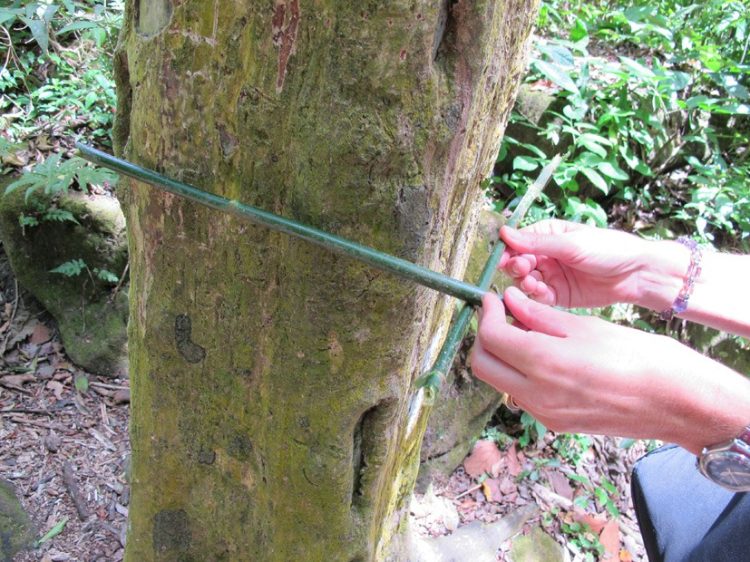
A few miles north of the Panama Canal Zone lies the Valley of Square Trees, a unique tourist attraction where trees of the cottonwood family have rectangular trunks. Unique in the entire world, this group of square-shaped cottonwood trees grows in a valley created from the ashes of a giant volcano – El Valle de […]
Vozrozhdeniya – Probably the Deadliest Former Island on Earth
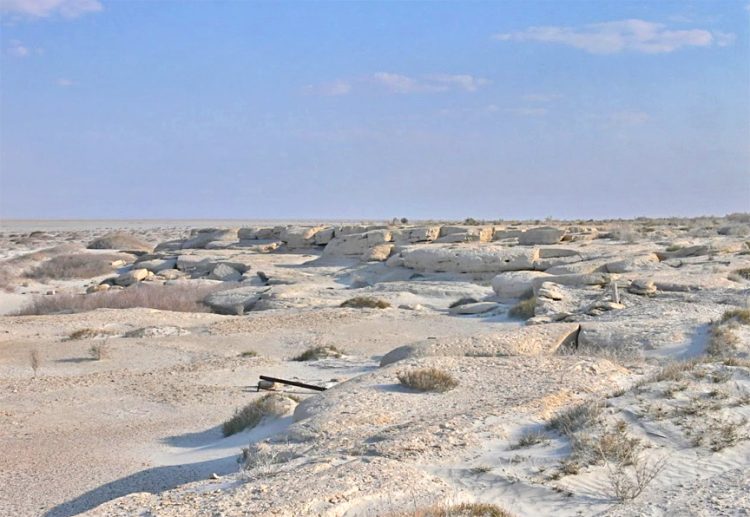
Vozrozhdeniya was once an isolated island in the Aral Sea. Today, it’s a wasteland infused with tonnes of anthrax, as well as other exotic and deadly diseases. The Aral Sea was once the fourth-largest sea on planet Earth, but after the rivers that fed it were diverted by the Soviets to irrigate cotton fields, its […]
This Portuguese Library Relies on Bats to Preserve Old Books and Manuscripts
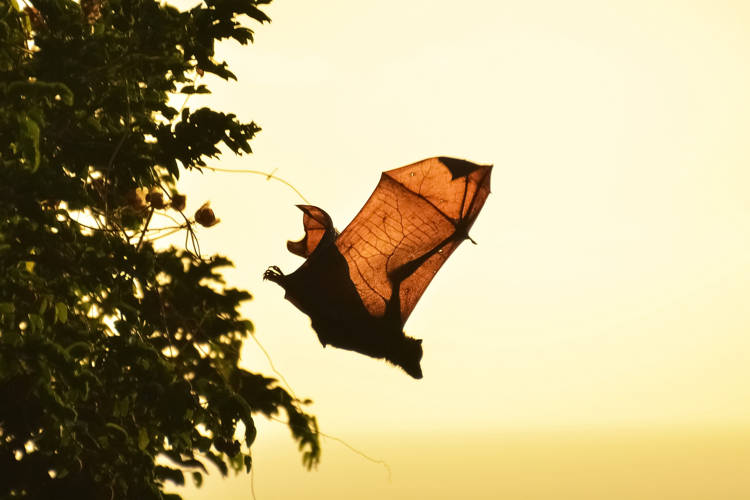
The Joanina Library of the University of Coimbra Alta and Sofia is one of two Portuguese libraries to house colonies of bats as natural deterrents for bugs that would otherwise feed on old books and manuscripts. As unusual as having a colony of Common pipistrelle bats living behind the bookshelves of one of the most […]
Areia Prata – Brazil’s Radioactive Beach
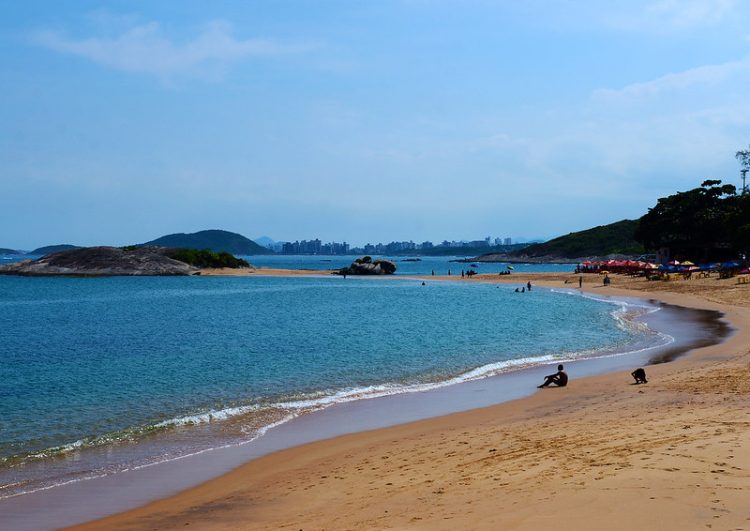
The Areia Preta beach in the Brazilian city of Guarapari is famous for its black sand which has external radiation levels of almost 400 times the normal background radiation recorded in the US. Brazil has hundreds of miles of beaches, but none are quite like “Praia Da Areia Preta”, in Guarapari. The sand in this […]
China’s Famous ‘Strange Slope’ Appears to Defy Gravity
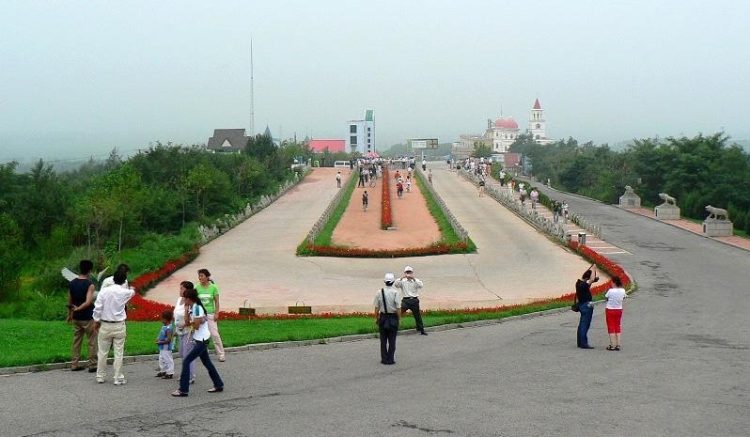
Strange Slope is a natural tourist attraction in China’s Liaoning Province, where a strange phenomenon causes things to roll uphill and prevents them from rolling downhill. Located at the foot of Maoshan Mountain, near the city of Shenyang, the Strange Slope scenic area is considered one of the eight natural wonders of Liaoning Province. It […]
Kjeragbolten – A Photo-Friendly Boulder Wedged Over a 3,228-Foot Deep Abyss
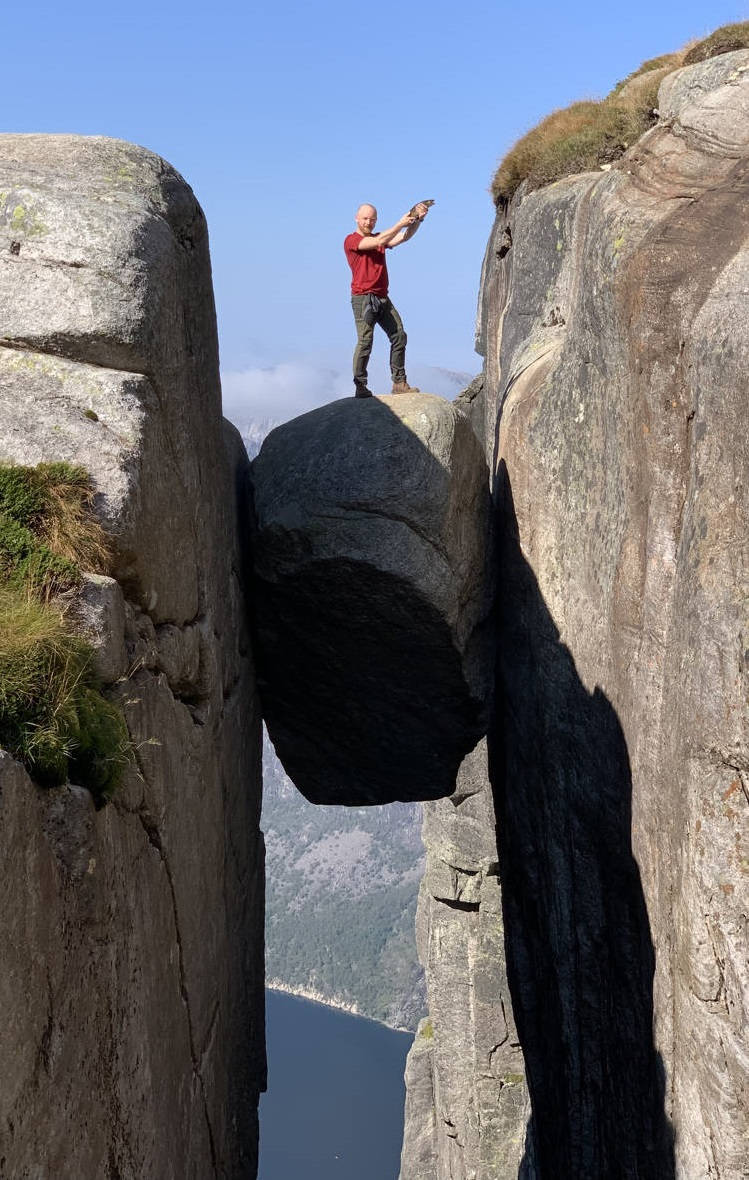
Kjeragbolten is one of the most instagrammable places in Norway. It’s an ancient boulder wedged in a crevasse by the edge of Kjerag mountain, in Lysefjord. Unless you’ve been living under a rock, you’ve probably seen photos of people standing on this giant boulder wedged in-between two stone walls, above this seemingly bottomless abyss. Well, […]
Russian Businessman Builds Fairytale Castle in the Middle of a Lake
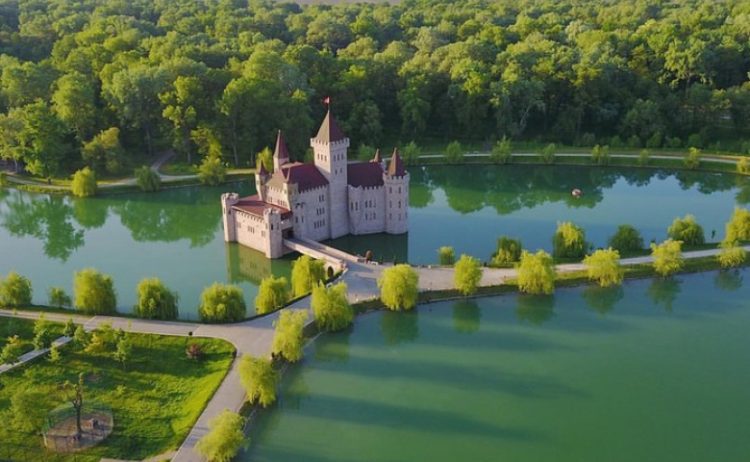
Chateau Erken, in the Russian Federation’s Kabardino-Balkaria autonomous republic, looks like an extremely well-preserved medieval castle, but in reality, this architectural wonder is just over a decade old. Located in the vineyard-dominated countryside of Kabardino-Balkaria, Chateau Erken is a tourist attraction unlike any other in Russia. Not only does it mimic the fortress-like design of […]
The Crooked Bush of Saskatchewan – An Intriguing Botanical Anomaly
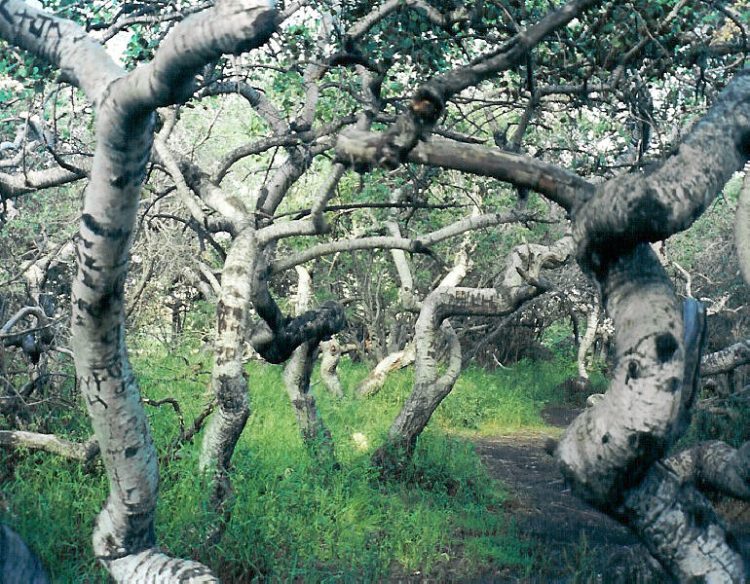
Saskatchewan’s Crooked Bush, a small grove of aspen trees that grew in a very unusual way, is a botanical oddity that has fascinated both tourists and scientists for years. Aspen trees don’t usually grow crooked. Like most other threes, they grow straight up, towards the sun, but not the specimens that make up the Crooked […]
